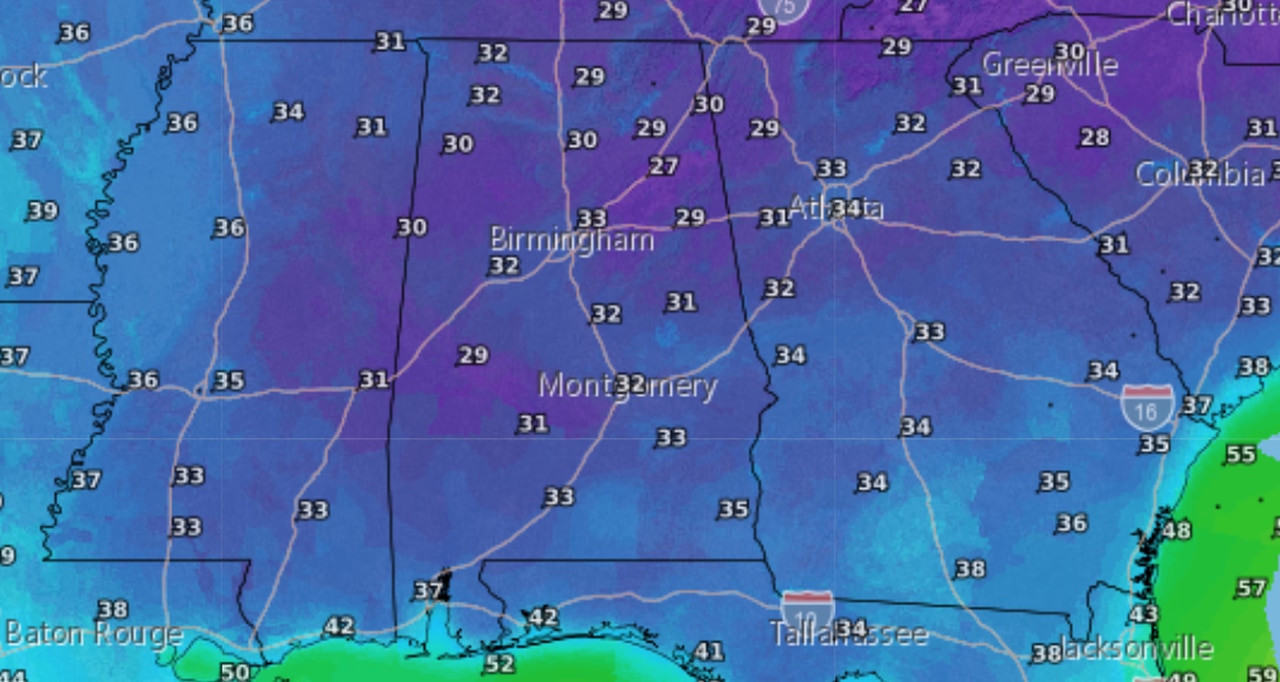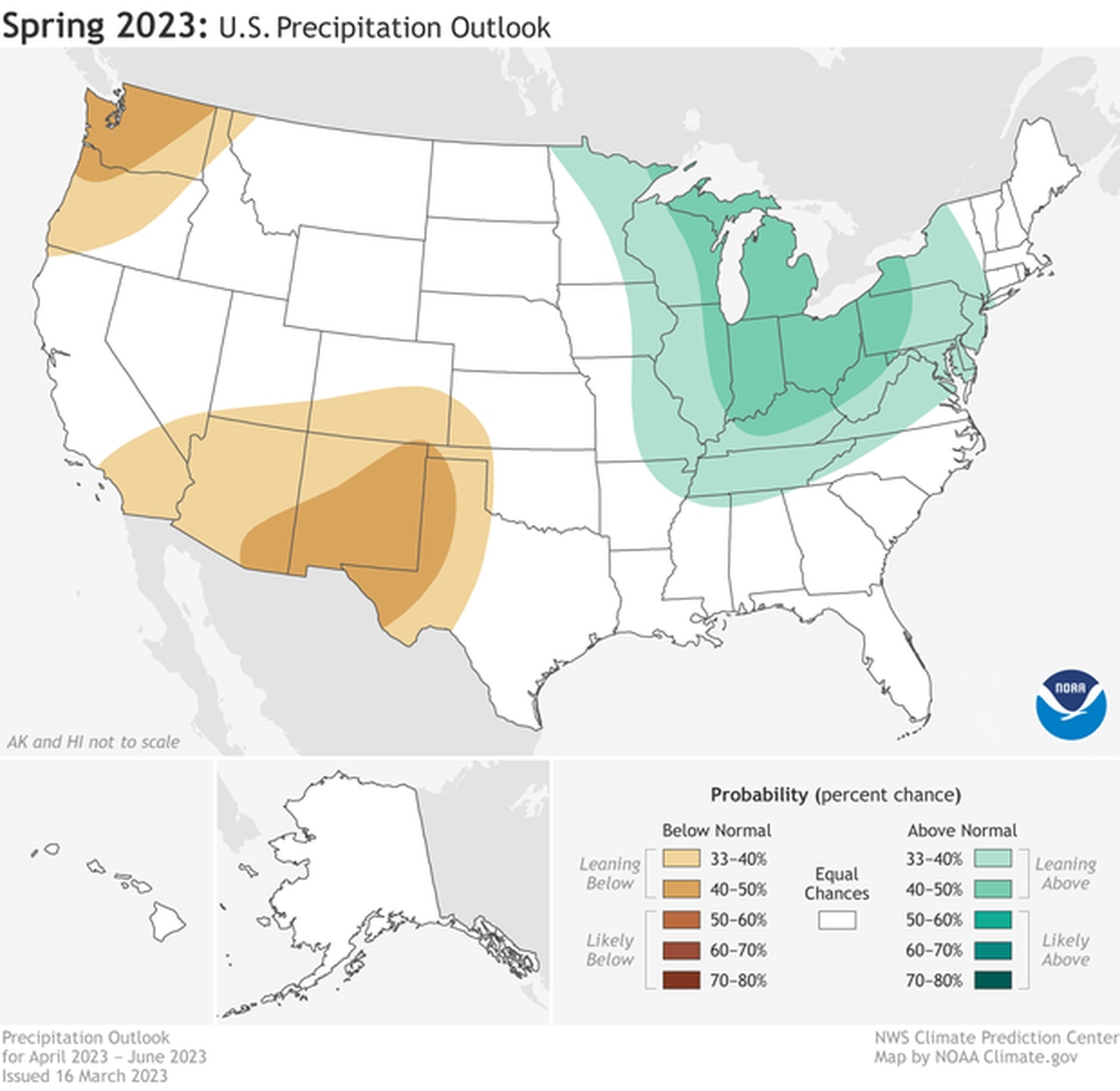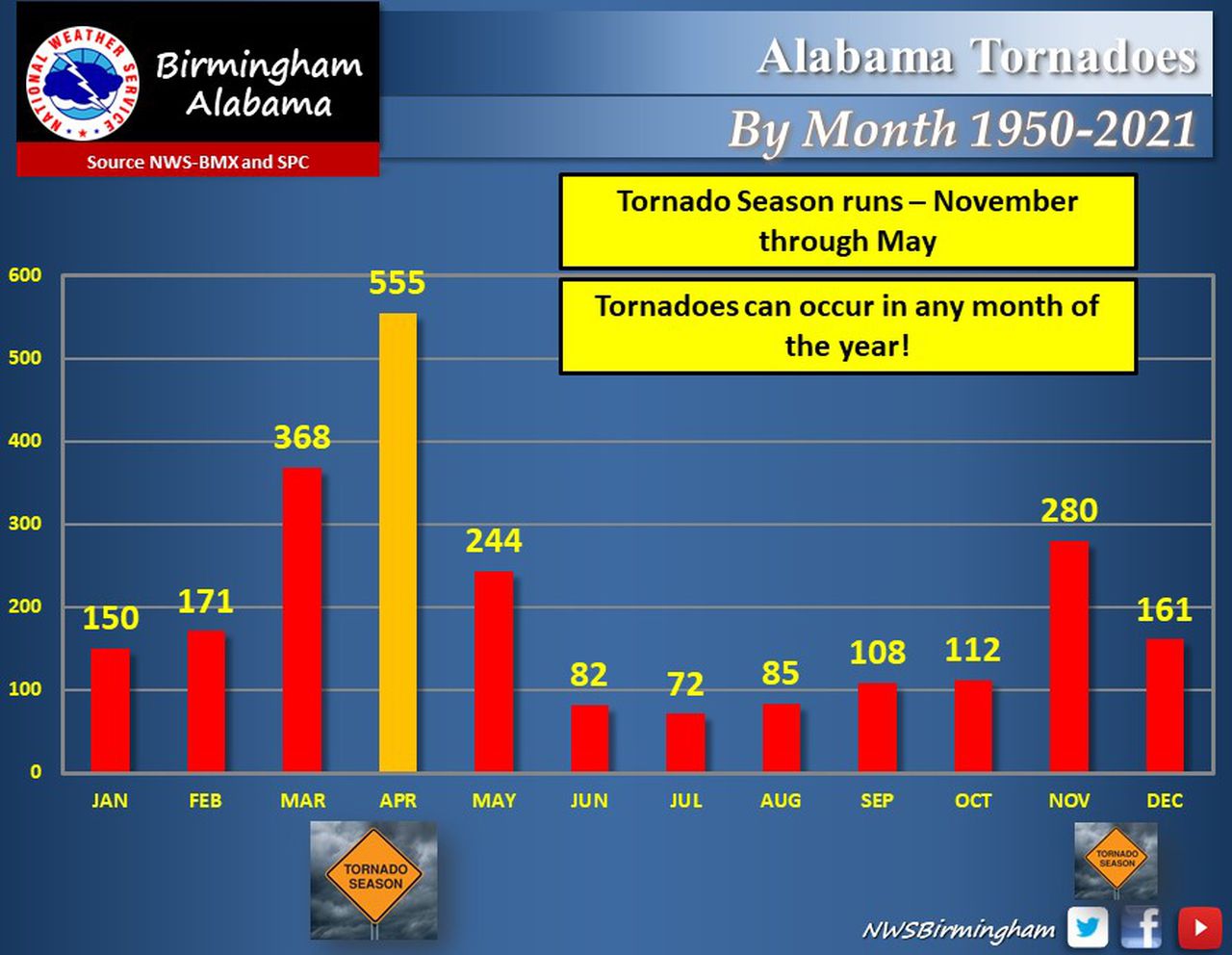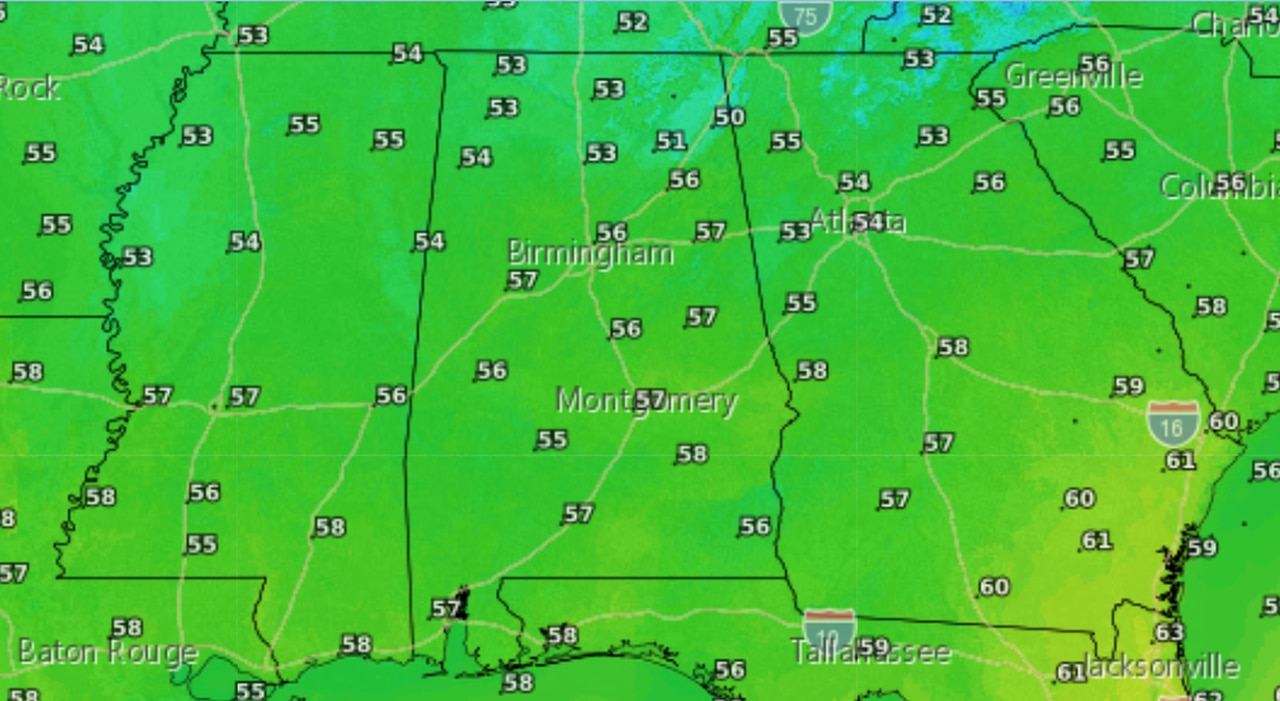First day of spring 2023: Winter is over, or is it?
Today marks the official first day of spring 2023.
The vernal equinox, the astronomical marker of the season, happens today at 4:24 p.m. CDT.
That’s the moment when the sun will pass directly above the equator, bringing nearly equal amounts of day and night across the Earth, according to NASA.
The March equinox marks the first day of spring in the Northern Hemisphere — but it’s also the first day of fall for those south of the equator.
At the equator, an equinox results in about 12 hours of daylight and 12 hours of night, according to NASA.
It won’t feel a whole lot like spring today in Alabama. Temperatures on Monday are forecast to be on the chilly side, with highs only reaching the 50s statewide (although skies will be mostly sunny):
High temperatures on the first day of spring 2023 won’t feel very springy.
Monday night into Tuesday morning will be cold, and freeze warnings will again be in effect for part of the state.
Here are tonight’s very un-springlike forecast lows:

Low temperatures will again be near or below freezing for much of Alabama overnight into Tuesday morning.
But, back to spring. The equinox is what most think of as the official start of spring, but there’s also meteorological spring, which began on March 1 and lasts until May 31.
Meteorological seasons are grouped into three-month blocks that make it easier to tabulate data.
According to NASA that astronomical seasons happen because of the tilt of Earth’s axis and its position during its orbit around the Sun.
If you’re in the Northern Hemisphere, the sun will set just a bit farther north on the horizon each evening until the June solstice – when the sun reverses directions, moving back to the south.
And sunsets will continue to happen later in the day. That will be the case until the next astronomical seasonal marker, the summer solstice, which will happen on June 21.
What will the spring hold as far as the weather goes?
NOAA released its spring outlook recently, and it suggests Alabama could see warmer-than-average temperatures and near-average rainfall over the coming few months.

Alabama could have a warmer-than-average spring, according to forecasters.

Most of Alabama could see about-average rainfall over the spring months.
For Alabama, in addition to warming temperatures, blooming plants and pollen, the spring season also marks an increased time for severe weather activity.
Alabama’s busiest months for tornadoes typically come in April and March.

Spring is typically the busiest part of the year for severe weather in Alabama, although the fall and winter months can be active as well.
